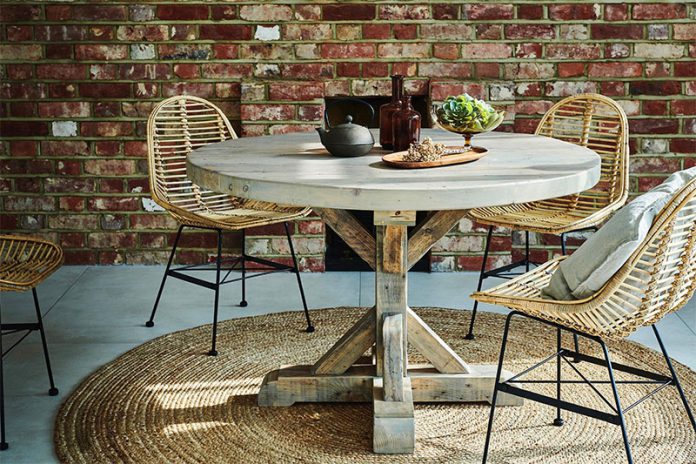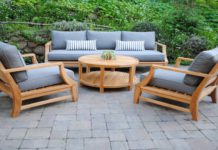As major industries today are shifting towards fossilized fuels, we are becoming increasingly reluctant to impact. Our resultant impact on the environment because of such acts is endangering the entire world and our existence in general.
The need of the hour is to be as sustainable as we can in our approach. With the growing environmental concerns, the scope of sustainability in furniture too cannot be far behind.
Do we not use harmful chemicals in making our furniture? Are we not guilty of complete environmental disregard when we do not recycle our furniture? Are we not responsible for the minimization of waste disposal in this regard?
Contemporary Furniture Perth uses this thought and implements it in everyday business practices. The maximum effort for sustainable furniture begins here and begins now! With every choice and action we take, we can maximize the furniture recycling and minimize waste disposal. To better understand this, here’s what we need to understand.
What are the Issues in Our Furniture?
While there’s nothing wrong with your furniture, you can probably benefit from a different perceptual insight. Most of the home furniture contains potentially harmful and risky chemical substances.
These substances can pose a major problem not only for the environment at large but also for our health in particular. Additionally, the copious wood consumed by the furniture sector is directly responsible for the massive tree felling. As is ordinarily known to us, tree felling and usage of toxic chemicals are the primary reasons for the current environmental predicament.
Primarily, the main reason lies not in the lumbering of wood. Instead, it lies in the ‘unethical’ sourcing of the wood. However, mass awareness about the various environmental concerns has helped us slow it down.
What Factors Must Influence Our Buying Habits?
Shopping for sustainable furniture goes beyond the commonplace considerations like recycling and reusing only. There are certain essential questions that we must ask ourselves such as –
- Does the furniture or fabric contain any toxic chemicals?
- How much waste is generated to produce the product?
- Is the wood procured sustainably?
- How long will the product last?
- Is it prone to frequent repairs and replacements that increase waste production?
These factors are important from the perspective of environmental concern and the minimization of wastage. Waste is an essential and equally important consideration, if not more. Waste generation impacts the environment in terms of its polluting capacity.
How to Source Good Wood?
Much has already been said about wood procurement standards and sustainability. But does it mean foregoing wood in favor of industrial items? Quite to the contrary, wood has been and will continue to be the more sustainable option keeping the ecological impact in mind.
Besides, wooden furniture is sturdier and less prone to warping, bending, or developing cracks than industrial metals. The requirement of sustainable sourcing of wood is solved by purchasing FSC graded wooden products. FSC standards are passed by only selecting brands with a greener and sustainable wood sourcing mechanism for their products. By ensuring that you buy only FSC Grade Items, you can add to the environmental solutions.
FSC gradation of wood sourcing is not just the only way to combat such an issue. Another approach to this could be buying products from such companies that use reclaimed timber or recycle their leftover pieces.
Sourcing timber from neglected buildings or old warehouses. This makes sure that a large portion of your timber source does not lay dumped in a landfill. Instead, the wood sourced from such places comes to be utilized effectively.
Some of the upholstery and cloth fabric used on furniture such as settees and sofa-sets etc. use toxic chemicals and dyes. These are not only endangering the climate but are also causing damage to our health.
Smart buying trends focus on recycled fabric such as kilim fabric and natural dyes in such a scenario. Re-engineered fabric these days utilizes organic substances like flax fiber found inside the stem of a plant. Using a combination of wool and flax, the resultant fabric is flame resistant, which does not need any other special chemical treatment.
Usage of such fabrics not only solves the questions on sustainability but also about theme and style quotient.
Conclusion
The best way to understand what to buy and how to buy is to consider an environmental angle before purchase. Ensuring sustainable furniture is every bit as important as onus in saving the environment as any other. Therefore, it is incumbent upon us to search for suitable alternatives and not just trendy ones while buying furniture.














